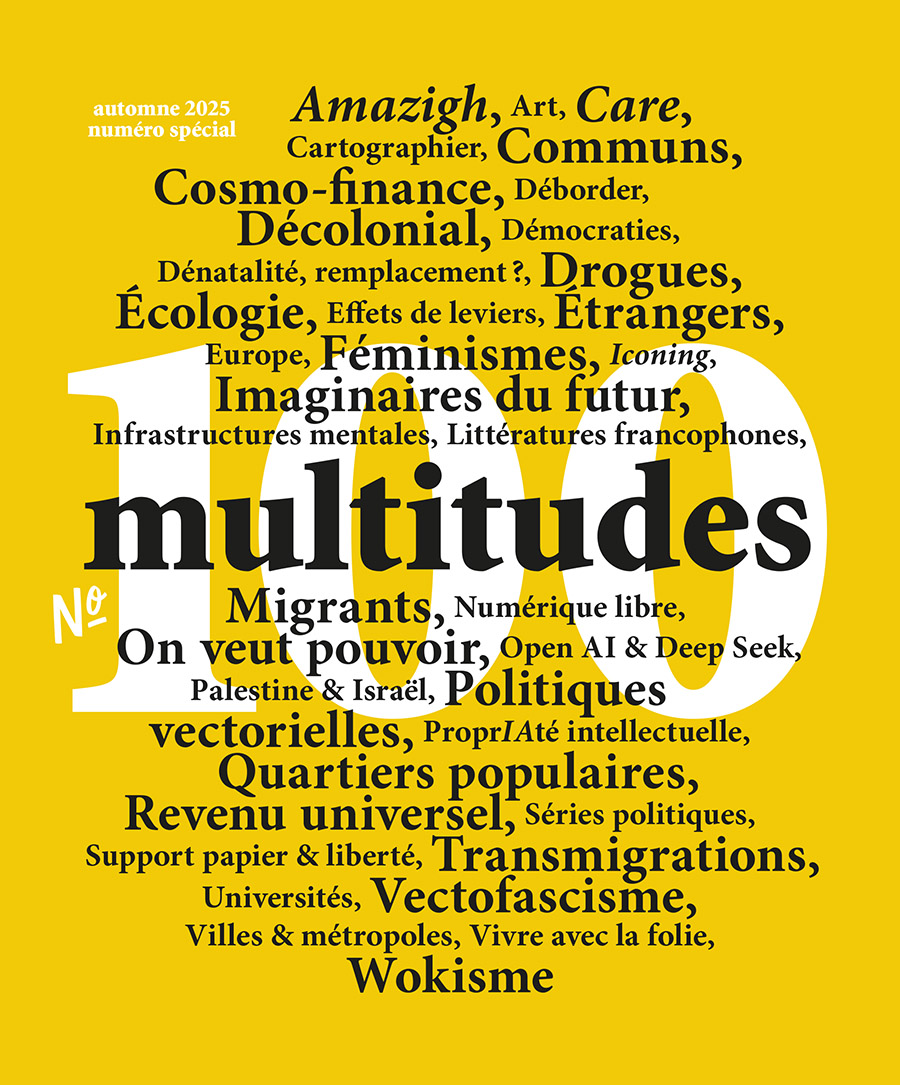La nuit d’après
Lecture critique du couvre-feu, par Luc Gwiazdzinski
Pendant des années, on a rappelé que la première liberté supprimée par les autorités en cas de crise était celle de circuler la nuit. On citait les coups d’État, les guerres ou les mesures d’exception accompagnant certaines manifestations altermondialistes comme le sommet de Seattle. C’était toujours loin, dans un autre contexte ou avant. Jamais ici … Continuer la lecture de La nuit d’après
Lecture critique du couvre-feu →
Marseille
Renouvellement intérieur et vassalisation extérieure, par Priscilla De Roo et César Centi
Mars attacks 4 juillet 2020. Après plusieurs coups de théâtre lors du « troisième tour » de scrutin pour la désignation du président du conseil municipal de Marseille, le Printemps marseillais finit par remporter la mise à une voix près, grâce au ralliement in extremis de Samia Ghali, dissidente du PS et sénatrice-maire des XVème/XVIème arrondissements de … Continuer la lecture de Marseille
Renouvellement intérieur et vassalisation extérieure →
Femmes, que faire ?, par Querrien Anne
2020 devait donner l’occasion de fêter cinquante années de mouvement de libération des femmes en France par une série de petites manifestations dans les lieux qui avaient marqué les premières années du mouvement. Le Covid, devenu la Covid par la grâce de la trans-académie française, en a décidé autrement. L’échéance a été honorée par les … Continuer la lecture de Femmes, que faire ? →
Clichés, par Cora Novirus
L’image du Covid 19 – petites taches orangées accrochées à des cils de cellules bleus sur un fond gris – renvoie à un imaginaire de peinture abstraite ou d’effets spéciaux : final halluciné de 2001, l’Odyssée de l’espace de Stanley Kubrick (1968), ou plongée psychédélique dans l’explosion atomique de Twin Peaks : The Return de David Lynch (2017). À … Continuer la lecture de Clichés →
Monnaie, par Cora Novirus
Au moment même où ils coupaient le circuit des flux économiques et sociaux, les gouvernements de la moitié de la planète suspendaient toute règle budgétaire et se lançaient dans une création monétaire massive. En un clin d’œil, on est passé de la nécessité de réduire la dette publique à l’urgence de promouvoir son « accroissement1 … Continuer la lecture de Monnaie →

